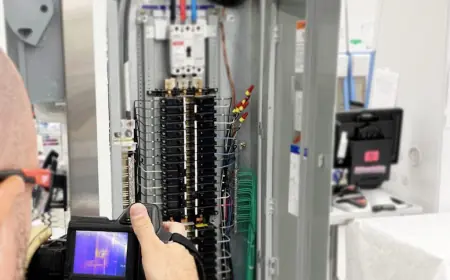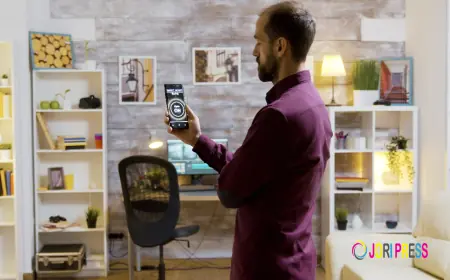Academic instiutions should adop tution raising strategies to slow drop-out rates


Practical projects: A Tuition Raiser Strategy for Academic Institutions
COMMENT | ERIAH LULE | My parents juggled loans to finance my university education. They sought financial assistance, ensuring I do not join the statistics that indicate that over a quarter of those who start higher education, drop out due to financial challenges.
According to the 2016 Africa Higher Education Student Survey project, 30% of Ugandan university students either drop out or never complete their courses on time.
Universities also face dual challenges of rising operating expenses while attracting and retaining students in a quickly evolving higher education landscape. Many would wonder how the Ivy Leagues have managed to do it over the decades, and suggest foreign ideas that are far-fetched and unfeasible compared to domestic solutions.
One innovative solution lies in the integration of hands-on projects on campus life, not just as an educational tool, but as a compelling strategy to raise tuition for struggling students.
It is mostly known as ‘Do It Yourself’ in secondary schools. Toilet paper, reams, liquid soap, briskets, furniture, chalk, and cleaning services are some of the major utilities and services that any university cannot run without.
Academic institutions should then be intentional in procuring them at fair rates to support the cause. With these set in motion, you don’t only help struggling students but also skill them indirectly for a surplus income.
Unlike traditional learning models that often emphasise rote memorisation and theoretical knowledge, hands-on projects offer a unique opportunity for experiential learning.
By engaging in practical, real-world tasks, students can apply theoretical knowledge to tangible outcomes that would ease their tuition burden, rather than always calling on financial assistance and the never-ending door-to-door collections.
This active learning approach not only enhances comprehension but also equips students with critical skills that are highly valued in today’s job market, such as teamwork, problem-solving, and adaptability.
Student engagement is a cornerstone of academic success and retention. Hands-on projects create a stimulating environment that fosters creativity and collaboration.
When students are actively involved in their learning, they report higher levels of satisfaction and commitment to their studies.
This increased engagement can lead to improved production and quality output, making higher education more appealing to many prospective students due to financial aid and free skilling.
Institutions can leverage cheap labour to produce utilities, which they buy from the students. It is this money that is used to cover the tuition burden.
The integration of such projects is feasible in attracting funding and partnerships with local industries and organisations.
Businesses are often keen to collaborate with universities on projects that address real-world challenges, providing students with practical experience while creating opportunities for sponsorships and grants.
Such partnerships can supplement university budgets, allowing institutions to enhance facilities, resources, and support services.
By promoting a curriculum rich in practical projects, universities can position themselves as leaders in innovation and community engagement, further enticing funding opportunities, which could provide a huge window to support struggling students.
Employers increasingly demand candidates who possess practical experience alongside academic credentials. Hands-on projects not only build students’ portfolios but also provide them with the skills needed to thrive in their chosen fields.
Universities can leverage this aspect in their promotional campaigns, showcasing successful alumni who have benefited from project-based learning.
By emphasising the employability of graduates, institutions can make a strong case for higher education and financial aid, as families will appreciate the long-term value of an education that prepares and transforms students for the workforce.
Integrating hands-on projects into campus life is a strategic initiative that can serve as a powerful tuition-raising campaign. This model will not only thrive but also redefine the future of learning!
*****
The Writer is a Communication Practitioner | [email protected]





















































